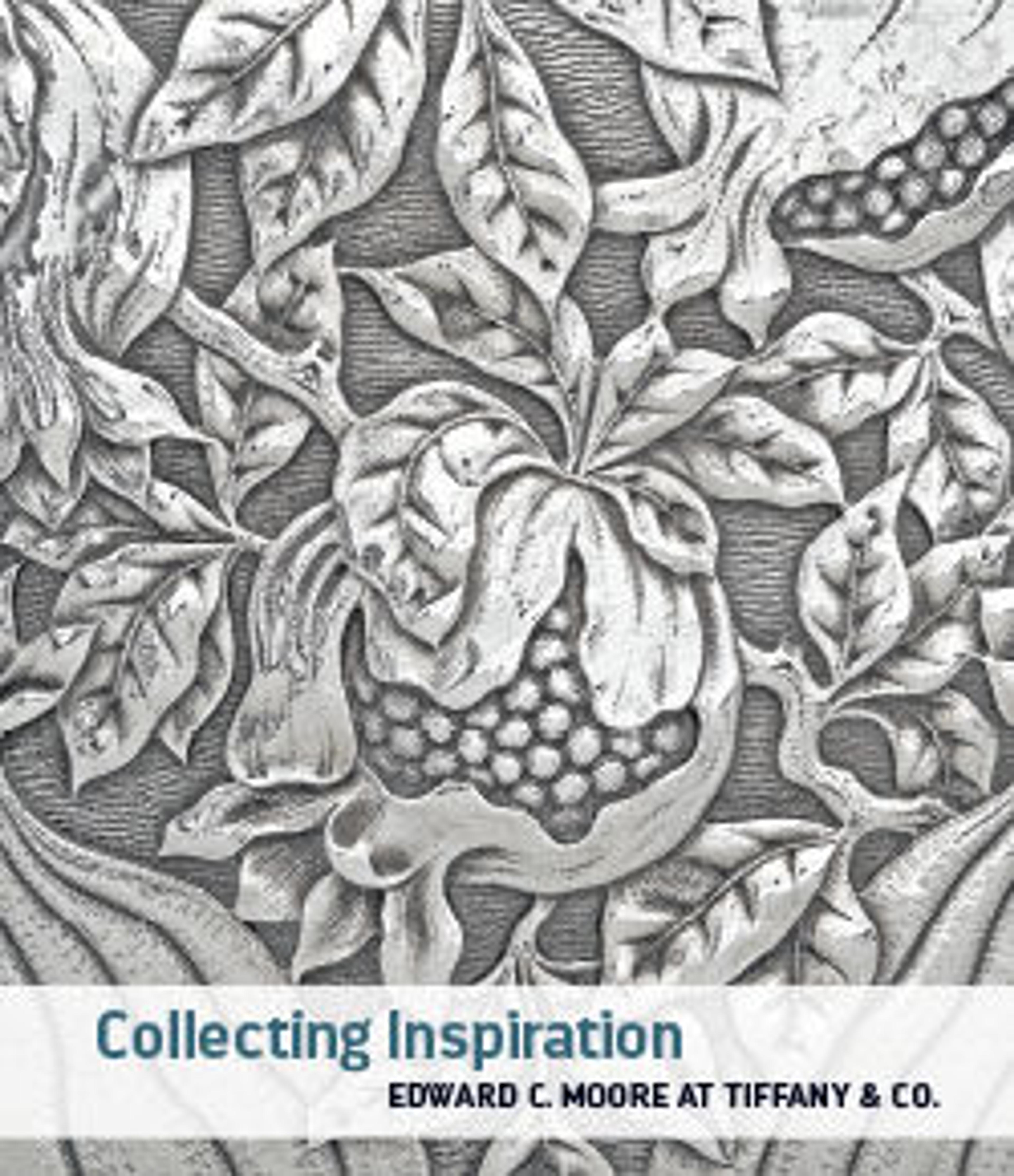Sword Guard (Tsuba) Depicting Iris in Running Water (水辺の杜若図鐔)
This tsuba shows two irises in three dimensional openwork whose blossoms are highlighted in gold and whose leaves are forming for the most part the rim of the tsuba. Towards the bottom right we see running water.
The combination of irises and running water often alludes to one chapter in the Ise Monogatari (伊勢物語), a collection of poems that dates back to the 10th century. The chapter in question introduces a nobleman who rests beside an eight-planked bridge in the famous iris marshes of Mikawa province. He composes a poem in which longs for his home, the artistocratic capital of Kyōto, but in particular for his wife that he misses: “I have a beloved wife, familiar as the skirt of a well-worn robe, and so this distant journying fills my heart with grief." (Richard Bowring, The Ise Monogatari: A Short Cultural History; Harvard Journal of Asiatic Studies, Vol. 52, No. 2 Dec., 1992) The first syllables of each line of the poem, ka-ki-tsu-ba-ta, form the Japanese word for iris.
The combination of irises and running water often alludes to one chapter in the Ise Monogatari (伊勢物語), a collection of poems that dates back to the 10th century. The chapter in question introduces a nobleman who rests beside an eight-planked bridge in the famous iris marshes of Mikawa province. He composes a poem in which longs for his home, the artistocratic capital of Kyōto, but in particular for his wife that he misses: “I have a beloved wife, familiar as the skirt of a well-worn robe, and so this distant journying fills my heart with grief." (Richard Bowring, The Ise Monogatari: A Short Cultural History; Harvard Journal of Asiatic Studies, Vol. 52, No. 2 Dec., 1992) The first syllables of each line of the poem, ka-ki-tsu-ba-ta, form the Japanese word for iris.
Artwork Details
- Title:Sword Guard (Tsuba) Depicting Iris in Running Water (水辺の杜若図鐔)
- Date:19th century
- Culture:Japanese
- Medium:Brass, gold
- Dimensions:H. 2 13/16 in. (7.1 cm); W. 2 5/8 in. (6.7 cm); thickness 3/16 in. (0.5 cm); Wt. 2.9 oz. (82.2 g)
- Classification:Sword Furniture-Tsuba
- Credit Line:Edward C. Moore Collection, Bequest of Edward C. Moore, 1891
- Object Number:91.1.801
- Curatorial Department: Arms and Armor
More Artwork
Research Resources
The Met provides unparalleled resources for research and welcomes an international community of students and scholars. The Met's Open Access API is where creators and researchers can connect to the The Met collection. Open Access data and public domain images are available for unrestricted commercial and noncommercial use without permission or fee.
To request images under copyright and other restrictions, please use this Image Request form.
Feedback
We continue to research and examine historical and cultural context for objects in The Met collection. If you have comments or questions about this object record, please contact us using the form below. The Museum looks forward to receiving your comments.
